People
How I Got My Art Job: The Head of United States Artists on Why Giving Away Money Is More Complex Than You Think
Deanna Haggag could never have imagined how quickly her career in the arts would take off.
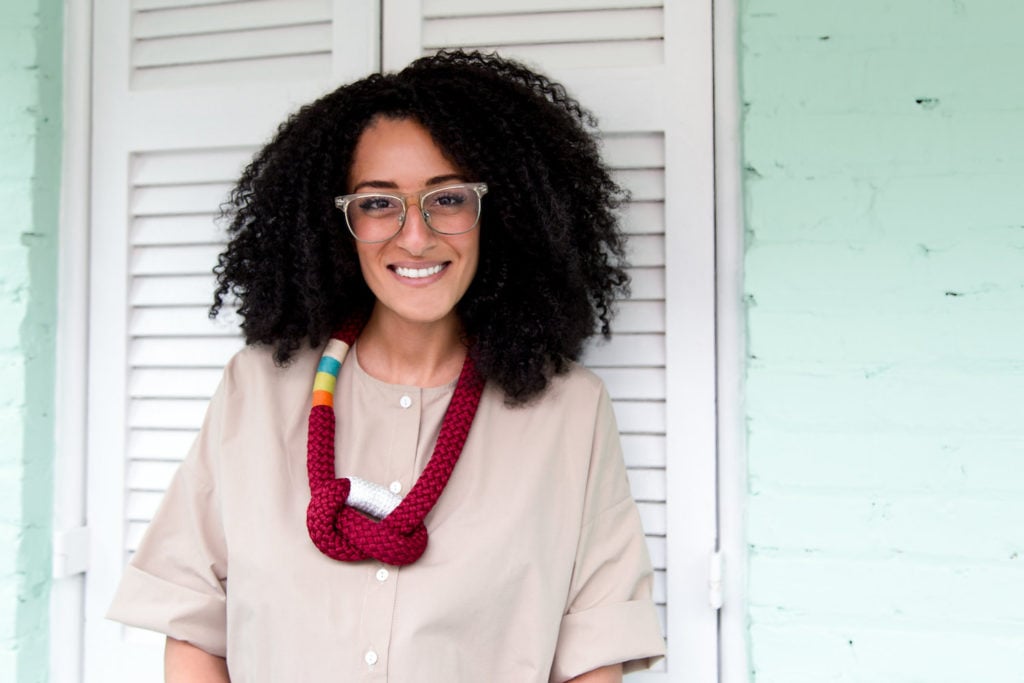
Deanna Haggag could never have imagined how quickly her career in the arts would take off.

Sarah Cascone

From fabricators to mummy conservators to private collection managers, the art world is full of fascinating jobs you may not have realized even existed. In artnet News’s column “My Art Job,” we delve into these enviable art-world occupations, asking insiders to share their career path and advice for others who wish to follow in their footsteps.
This week, we spoke with Deana Haggag, the president and CEO at United States Artists, which just announced its 2018 fellows, which include Dread Scott, Ebony G. Patterson, and Abigail DeVille, this week.
Education: For my undergrad, I went to the Rutgers Newark campus for an art history and philosophy degree. It’s one of the most diverse campuses in the country, and it was totally revolutionary for me to be in that space. I moved to Baltimore in 2011, to get my MFA in curatorial practice at Maryland Institute College of Art.
How I got the job I have now: I was living in Baltimore and running the Contemporary museum there. Sammy Hoi, one of my mentors and close colleagues, is the president of MICA and is on the board of United States Artists. They were about six months into their search for a CEO when I got alerted by the search firm that Sammy had thrown my name into the running. Frankly, I never thought I’d get the job. It felt outside of my experience level. I had never really interviewed for a job before! But I interviewed and a couple of months later was offered the job.
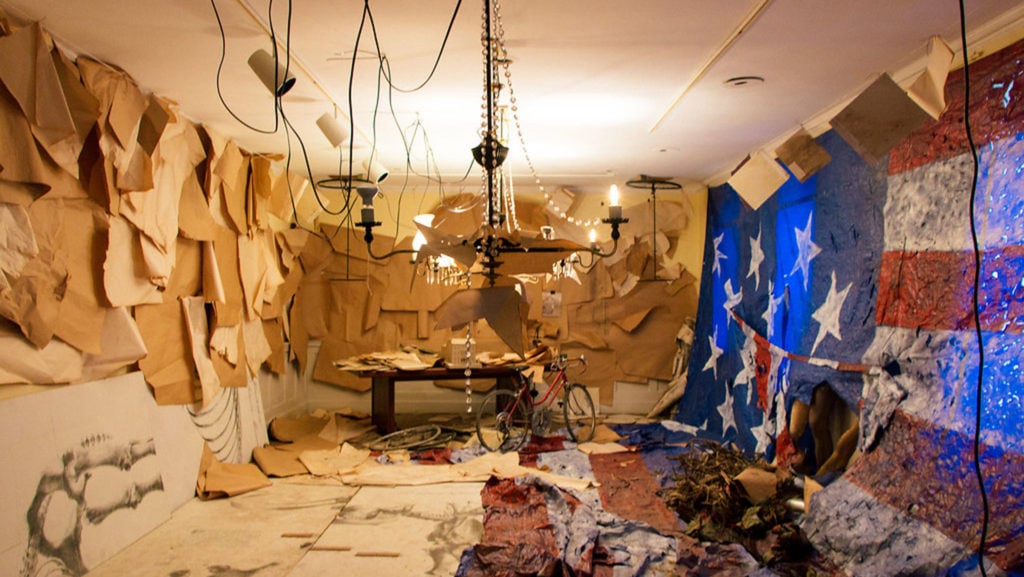
Abigail DeVille’s Only When Its Dark Enough at the Contemporary, Baltimore. Photo courtesy of the Contemporary and the artist.
How I got my start in the art world: George Ciscle, the director of my program at MICA, was the founder of the Contemporary museum in Baltimore, which started in the late ’80s as a nomadic, radical restructuring of what a contemporary art museum could be. During my studies, I guest-curated a program for them. When the museum closed, George came to me and said, “The board has been meeting privately to discuss the future of the museum. They need some help kind of organizing their research and considering their options.”
My last semester of school, I did a quasi-internship/residency with the board. At the end of my fellowship, they were like, “Hey, we are going to stay open, we are going to be nomadic, and we should hire a director.” And suddenly they were like, “Hey, student, maybe you should be our director!” That was a really long way of saying, “I was a student and somebody gave me this museum and it was totally weird!”
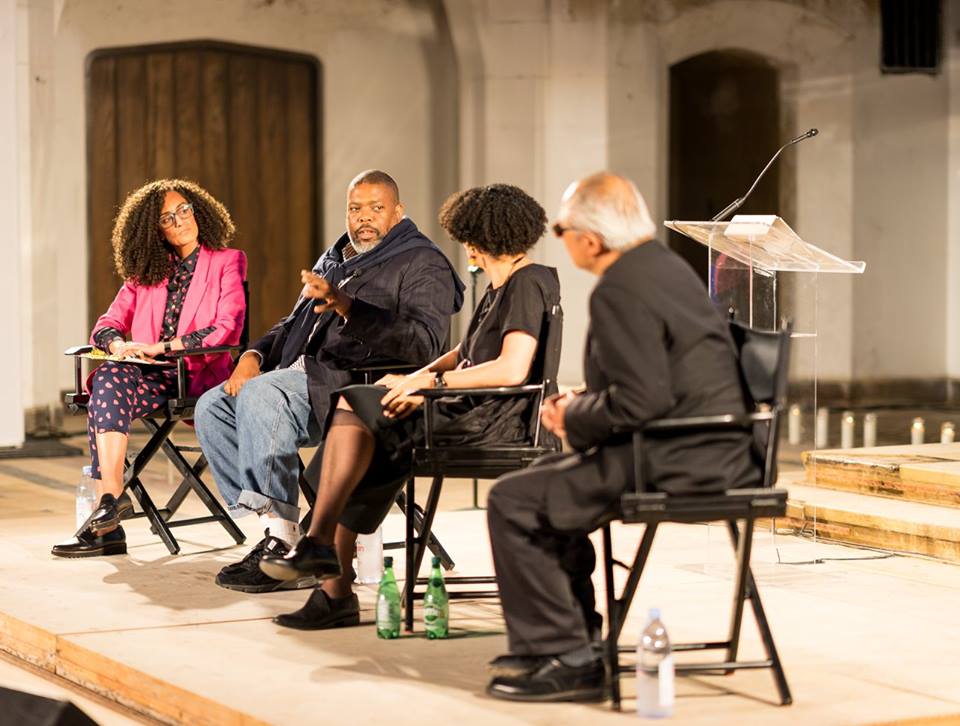
Deanna Haggag, left, on a panel at Culture Lab Detroit. Courtesy of Culture Lab Detroit.
What I did before grad school: It was so weird to graduate in 2009, at the time of this massive economic recession. I ran a small DIY space in Newark with Rebecca Jampol, who now runs Newark’s Project for Empty Space with Jasmine Wahi, but it was so hard to find a job. I was really confused, and I wasn’t quite sure what I wanted to do with my life. My family is Egyptian, so I moved to Cairo.
I traveled a lot throughout Europe and a little bit in North Africa and Central Africa. At the time, I wasn’t committed to a future in the arts. But when I was traveling, it really reoriented for me how important art is. In countries where I didn’t understand the language, I found a lot of solace, camaraderie, and community in their contemporary art scenes. I moved back and applied to MICA right away.
What my typical day looks like: I travel a lot, so when I am here at the office, I am catching up a ton. I’m meeting with each department, figuring out where they are, what they need, and how they’re doing. Right now, USA is in a really interesting place. We’re about 10 years old, and we’re considering new ways our organization can grow.
Recently, a lot of my days have been dreaming and scheming with my team, our partners, and our board about ways that the organization can be as responsive as possible to our constituency and the cultural landscape at large.

Artist Cassils, a 2018 United States Artists Fellow. Photo courtesy of Robin Beck.
My favorite part of my job: The Contemporary was really hyper-focused on Baltimore, whereas USA funds broadly all over the country. I’ve gotten to travel to lots of places I had never been and had frankly never considered. And I think given the current political climate, it’s important to go to different parts of the country like Appalachia or the South or the American Northwest and understand how differently Americans live.
Prior to taking this job, I had been pretty versed in visual art and to some extent performance practices. Here we fund in literature, dance, music, architecture, and design—all disciplines. It feels like going back to grad school and learning about how other creative industries operate and about how artists are part of a much larger ecosystem. We fund about 50 artists a year, including collectives. This year we were able to make 45 awards possible, for a total of $2.5 million. We had a pool of almost 600 applications, so it’s really competitive.
What I had to learn: The thing that was a little bit different is that USA has an endowment—an operating endowment and a fellowship endowment. For me, a big learning curve was understanding how those infrastructures work, learning more about money and how money functions in these different setups. Investing and donor-advised funds and understanding capitalism in a day-to-day operational sense were all things I had to learn to get a handle on, and all on the job. And also what it’s like to give money away to individuals, and to think about their tax ramifications.
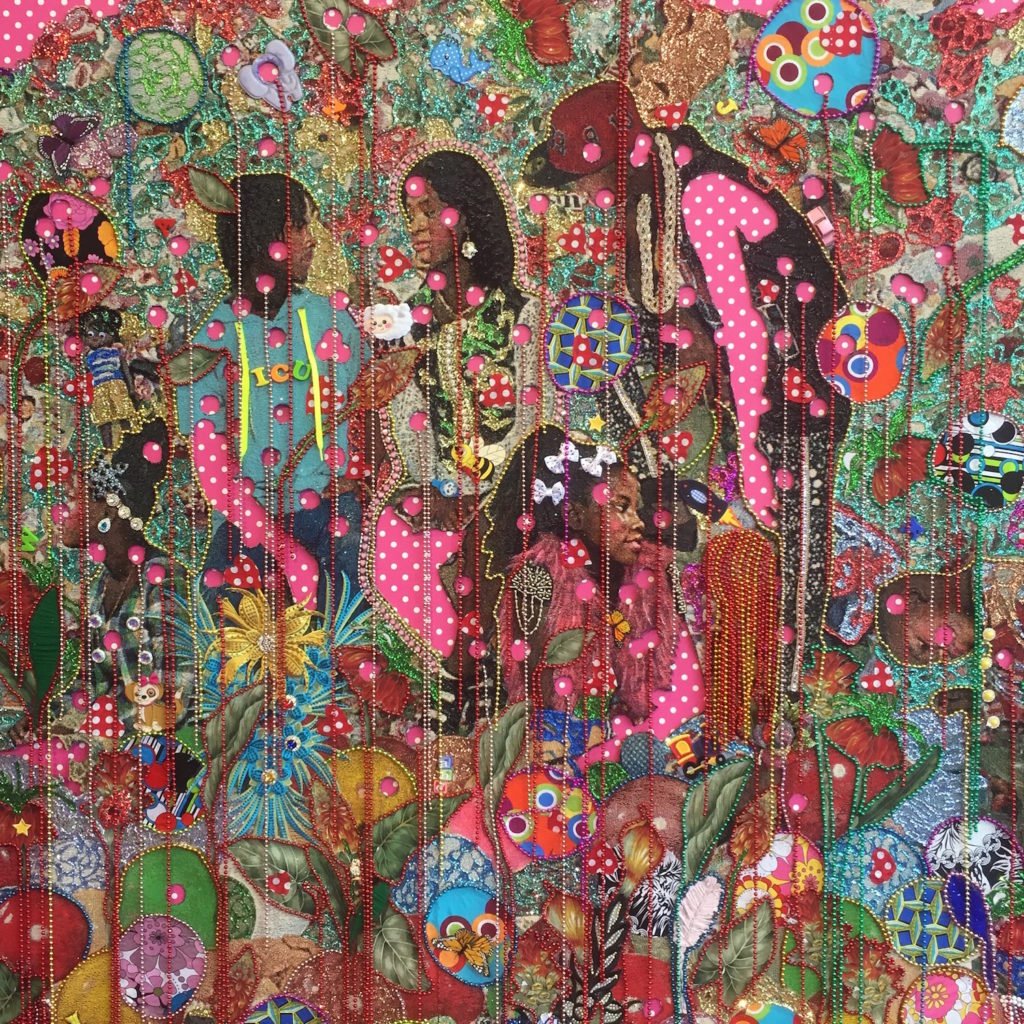
Ebony G. Patterson, ….love….(when they grow up), detail (2016), installed at the 32nd São Paulo Bienal. Photo courtesy of the artist.
Advice for those who want my job: Talk to your elders. Talk to folks who have been doing things longer, who have seen things move and shift. Philanthropy is nebulous and tricky. People have tried lots of different ways to help others, and money’s really emotional. Over my first year at USA, there have been so many amazing people in the sector who have been doing this for way longer, and have seen all the tricks, who have taken the time to talk to me.
On taking a leadership role at a young age: My career got started with a little bit of pushback, but it was healthy pushback. People in Baltimore were generally excited, but I definitely had to prove myself, and I totally understood that. I’m actually kind of glad to have gotten that job as young as I was because I think it was the thing that helped me understand the only way to succeed is to just sort of shut up and listen for a while.
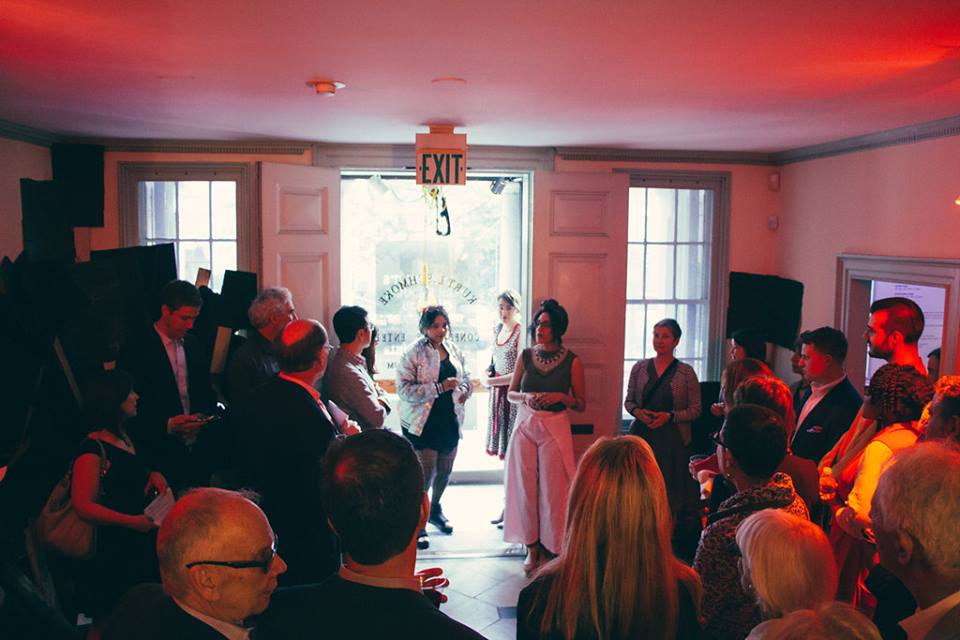
Deanna Haggag at a program at the Contemporary in Baltimore. Photo courtesy of the Contemporary.
Percentage of the day I spend sending emails: I saw this meme that being an adult is just emailing one another “sorry for the delay” until one of you dies. I’m like secretly hoping that emails crashes entirely. I probably spend in total two to three hours responding to email and I’m still always behind. If anyone out there has really good tips about how to manage their email they should call me.
One thing I wish I could tell my 22-year-old self: People have so many different ways of getting to their jobs. There’s no formula. I used to teach at an art school, and everyone is like, “How do I get here?” They want a step-by-step plan. I don’t know anyone who had a clear career path in that way. People stumble into lots of different things.